The other day I was doing the laundry and suddenly my machine wasn’t spinning, thus wasn’t washing. It was making a grinding sound that the “transmission” of the machine was moving but the part that would cause the clothes and water to move wasn’t. I like this machine – it’s probably the best I can do for now as it’s something that will perform the various tasks I need a washer to perform.
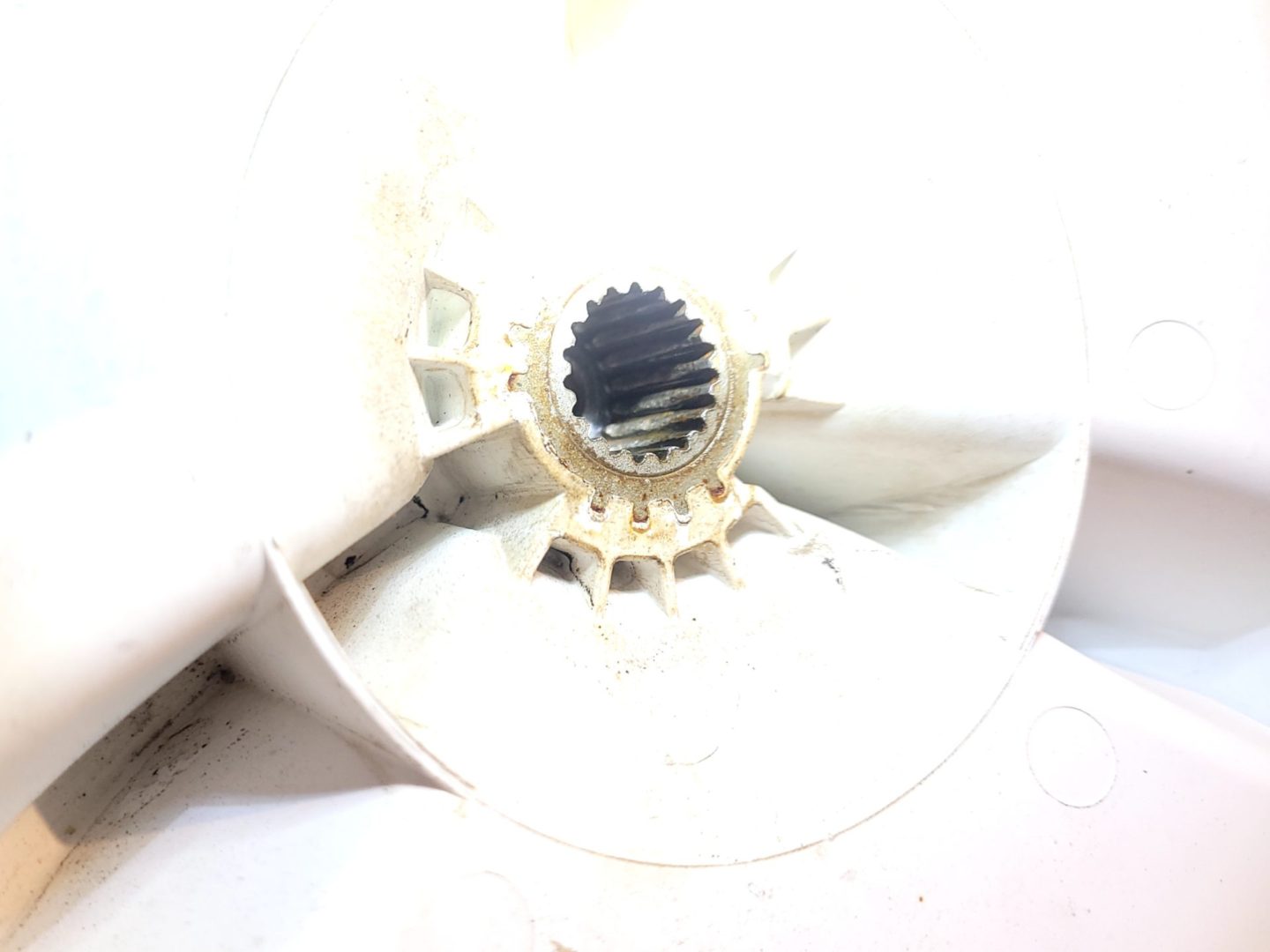
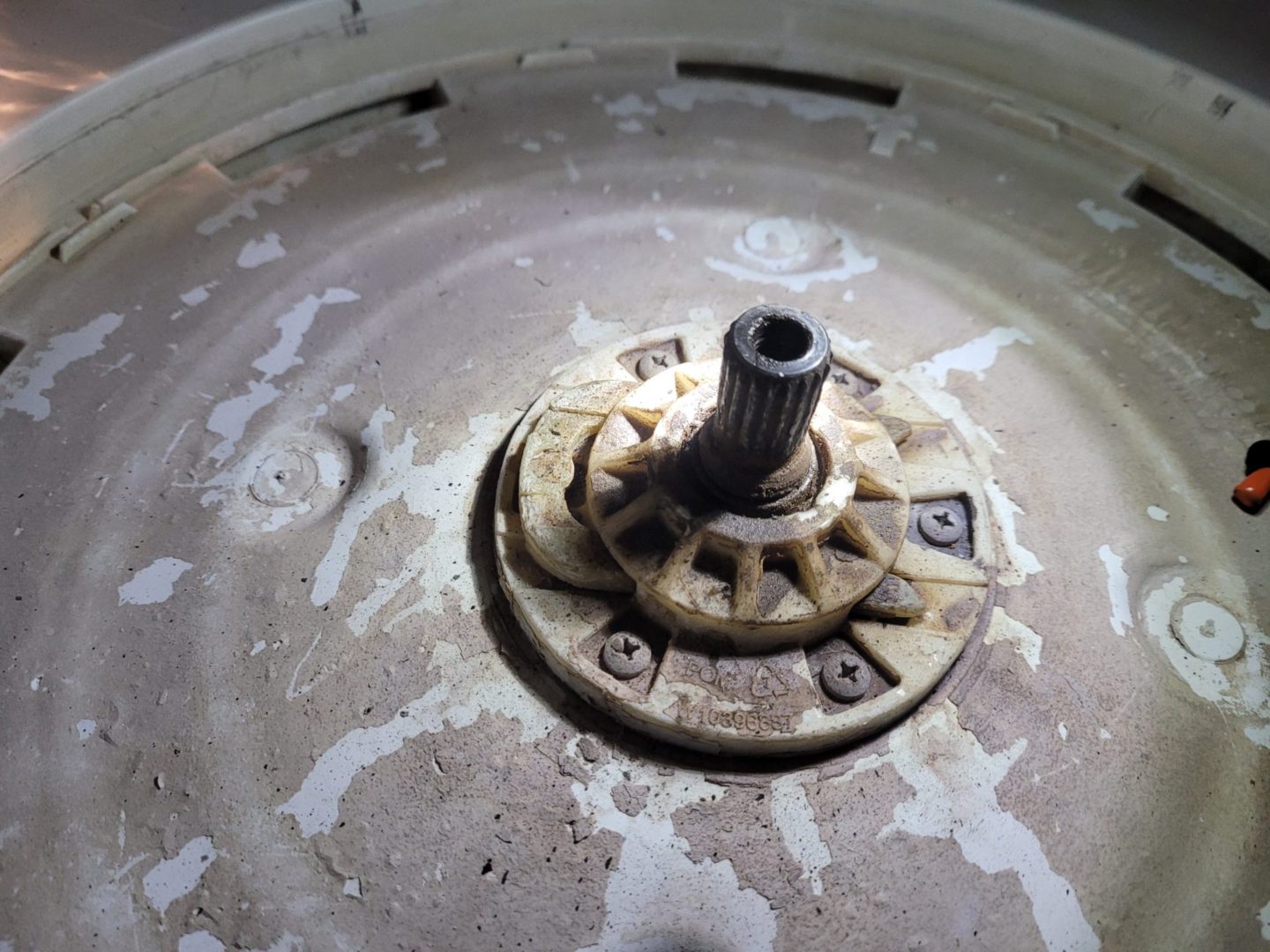
Icky looking huh? But at least the threads are still working and in place on the transmission.
I can call up the repair place, wait 3 days, pay for the service call AND the fix-it call, or Walt and I can go online to see if we can find the part, repair it ourselves, knowing that if something else is wrong, we can fix that too. This isn’t so much a matter of economics – well to a certain extent it is – but more a matter that I like this washer and don’t want to have to find a new one.
The same way I love this machine and don’t want to have to go searching for a new one is what really led me to sewing. (Yeah, you knew sewing was going to come into this in a minute). I had to take the clothes apart to see how they worked and how they fit. Once I did that, I had to figure out what a pattern piece shaped like to make a skirt, or to make pants, or to make a collar that flared or didn’t flare. It was all fascinating.
Now it’s not so much the price, but the garment I’m looking for – and this is what finialized my desire to sew. Finding that classic red dress; that classic white shell; and that classic white blouse that for some reason RTW found impossible to make, therefore to find, became some sort of treasure hunt for the map to Ft. Knox. Good grief! Who wouldn’t want and couldn’t use a classic garment that would last through time. But then that was the problem.

If it was classic, it would last through time and in addition not be needed for another 10 years or so. So manufacturers, and retailers ganged up to add a geegaw or two to date the garment so it would be required to be purchased again…and again…and again.
But there’s more to this sewing stuff than simply satisfying my need for a classic white blouse or a classic pair of black pants. There’s a by-product, or maybe better put an advantage to sewing that I had never thought of nor anticipated at all. Life can lead down many avenues, and we all have our share of events that are happy, sad, scary, infuriating, hurtful, pleasant, satisfying, fulfilling, and about any other emotion you can think of. At least that’s the way life should be. The fulfilling, satisfying, pleasant, happy and joyous times are of course fairly wonderful and easy to feel. The scary, infuriating, hurtful, and angry times are a lot harder, particularly when they last for long periods. It was during these times, that I would sew and find such solace, peace and respite from the torment of those times, and began to realize that sewing was more than simply a problem-solving exercise, or a means to an end of looking responsible and professional. There was something deeper to sewing that I never knew.
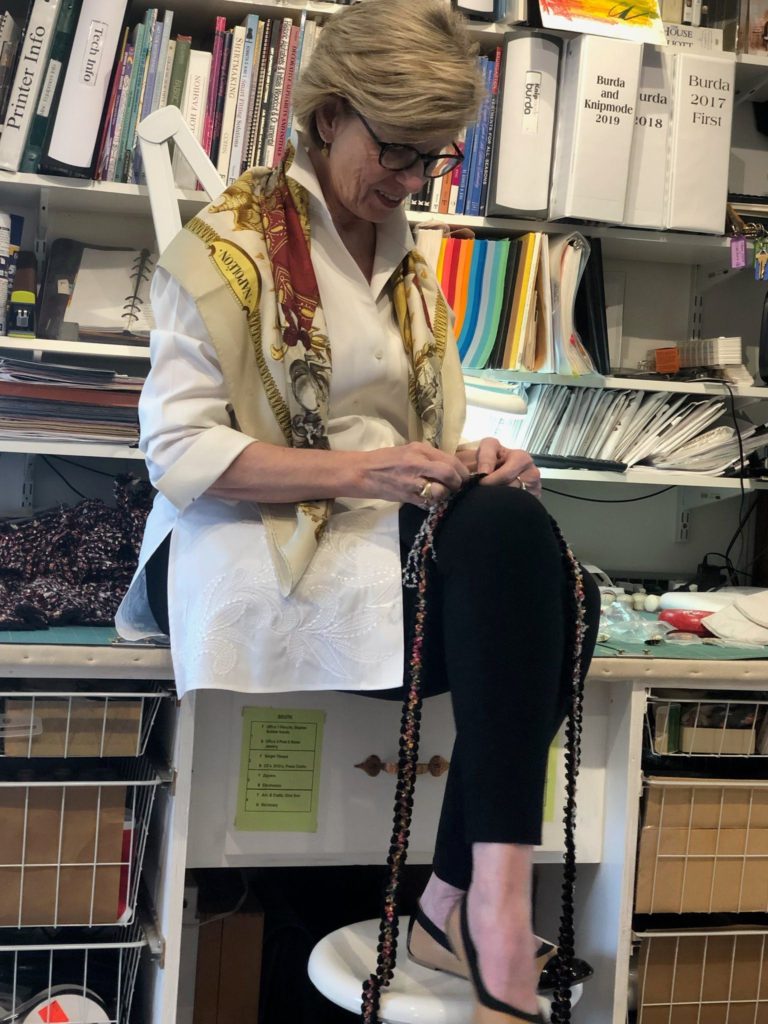
Sewing became more than simply working with my hands to create something beautiful. It was even more than the problem-solving exercises that kept my brain active and alert. It was manna for my soul. It feed my soul beautifully when I was sorrowful, at my lowest points (and yes, there have been more than a couple), scared to death, and hurt deeply. It feed my soul in a way that allowed me to recover without being bitter, depressed, or angry at what I had been through.
Frankly, you would think this would be enough, but that’s not all I get with my trade. That solace, peace and respite part is a piece of this puzzle, but it goes further than that. I can not tell you the exhileration I experience when I see the light bulb go on inside my student’s head when she looks at me and I can see the expression of…”You mean, I can do this and I can do that, and wow, I could do this?” And I know they are hooked. They can see the possibilities!
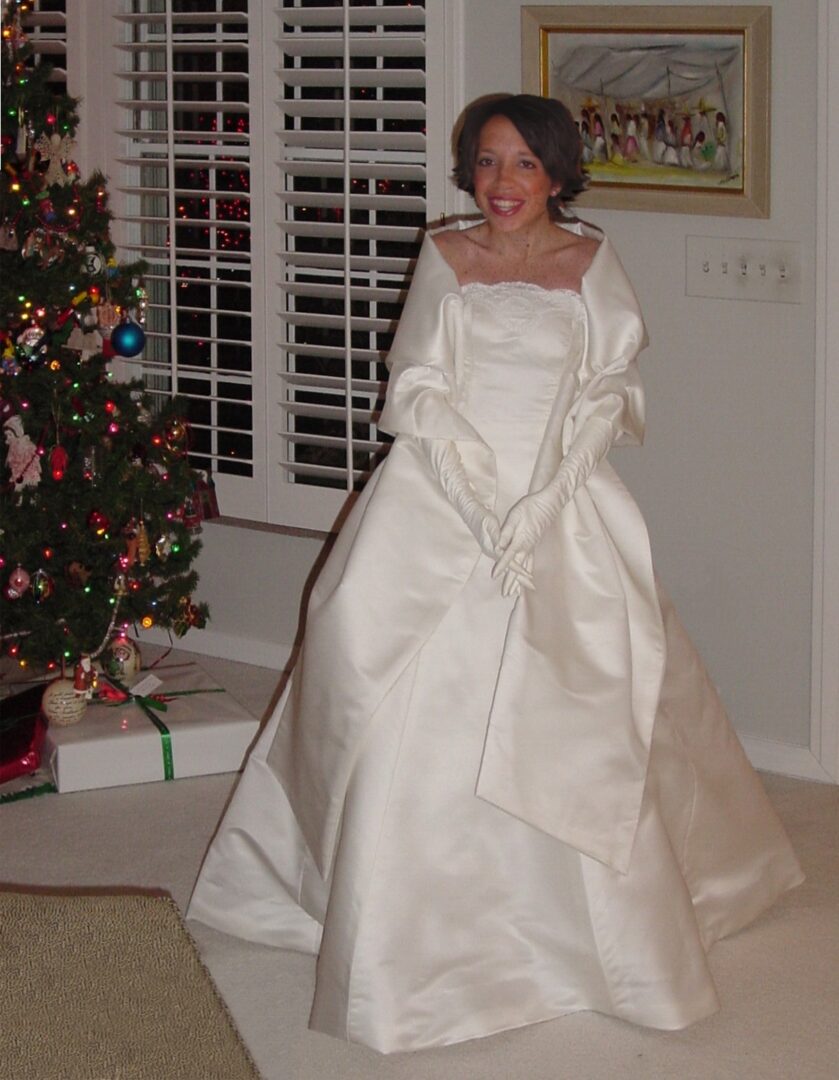
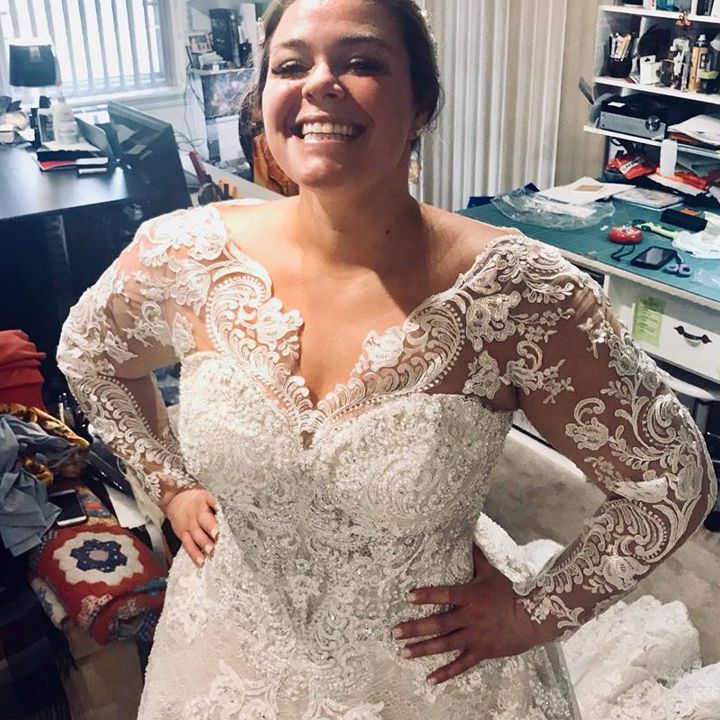
Seeing my scoliosis client beam in her strapless dress that she never dreamed she could wear, seeing my blossoming bride in her beautifully flattering (and comfortable) gown for her wedding, is as much meaningful to me as anything I could wish for them. It’s helping them see themselves in completely different light.
It’s hard to describe this enjoyment and fulfillment without sounding really gooey and stupid. Untill I picked up this book Shop Class for Soulcraft, and instantly understood the title. Finally I have words to describe the enjoyment of a trade and knowing how to fix things that may not necessarily be my trade, but the simple act of fixing something that makes me not only feel empowered but pleased with a job well done. The author has a doctorate in political philosophy from the University of Chicago. Taking a job as an executive director of a Washington “think tank,” he was always tired, and could not see the rationale for his being paid at all — what tangible goods or useful services was he providing to anyone? He felt his pay was more like compensation and after five months quit to open a bike shop. The book grows out of a greater sense of agency and competence that comes from manual work, compared to other jobs that were oficially recognized as “knowledge work.” The author makes clear this is not about the mysticism that gets attached to “craftsmanship” while doing justice to the very real satisfactions it offers, which is why the author prefers the word “trade” rather than “craft.”
For me, I believe that sewing offers both the reward of a job well done from a tradesman point of view as well as the “mysticism” which takes place in any activity that involves creating something new, whether it’s a pattern from a blouse (you did pick out the fabric, buttons and thread after all, so it is your creation) or simply making a new white tee or black leggings and knowing not only how to do it, but how to do it well. A few passages in the book describe the book better than I can.
…but that in a mass-market economy such as ours, it is the tradesman who exemplifies an economically viable way of life, one that is broadly available and provides many of the same satisfactions we associate with craftsmanship.
I do, infact, want to rehabilitate the honor of the trades, as being choice-worthy work, but to do so from within my own experience, which I find is not illuminated by any of these fraught cultural ideals. Hardly any of the people I have worked with as an electrician or a mechanic have fit the stock image of “blue collar.” Quite a few have been eccentrics — refugees from some more confining life. Some drift in and out of the work, as I have as their circumstances dictate.
We often hear of the need for an “upsilling” of the workforce, to keep up with the technological change. I find the more pertinent issue to be: What sort of personality does one need to have, as a twenty-first–century mechanic, to tolerate the layers of electronic bullshit that get piled on top of machines?
What follows is an attempt to map the overlapping territories intimated by the phrases “meaningful work” and “self-reliance.” Both ideals are tied to a struggle for individual agency, which I find to be at the very center of modern life.
Shop Class for the Soulcraft An Inquiry Into The Value of Work by Matthew B. Crawford
Almost, forty years ago, I came to a serious cross-road in my life. I had the marvelous experience of working, training and apprenticing under my mentor for almost ten years, when a serious economic depression hit my part of the county. What was worth $100 the previous year, was now worth $10. That kind of drop in value is extraordinarily crazy on the household budget. So I knew I needed to go back to work. I could choose office work, which I was highly qualified for and could have gotten a very nice 9 to 5 job with benefits and probably a decent salary. Or I could start my own company working at something I loved. Performing a job that didn’t produce anything didn’t seem right, whereas creating something seemed all too right. I’m not sure I could even verbalize it. All I knew was that what I created made me happy and if I could do that for a living, life would be so much better. I now laugh at that decision and think had I taken that office job I would probably have ended up at Betty Ford, or have so many physical ailments that I’d be scrunched into a ball of broken dreams.
A couple of years ago, Walt said he would be happy when I didn’t have to sew for people. I turned to him and said, “Oh please don’t take my sewing away from me. It’s how I manage life!”
This is how this book spoke to me and how much it meant to me. It really has helped me verbalize and name what I have felt for so long. I really recommend this book – it’s a life-changer and maybe it will not only change a few high-school graduates’ minds, but some parents’ minds as well.


Read this book a couple years ago – loved it then. And love your article on the premise. Thank you!